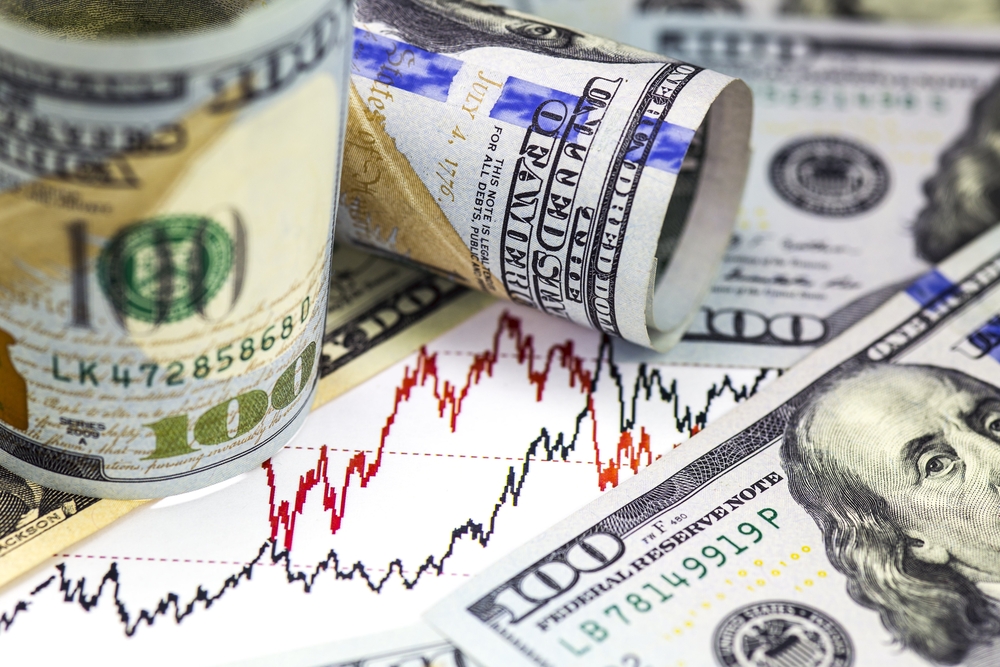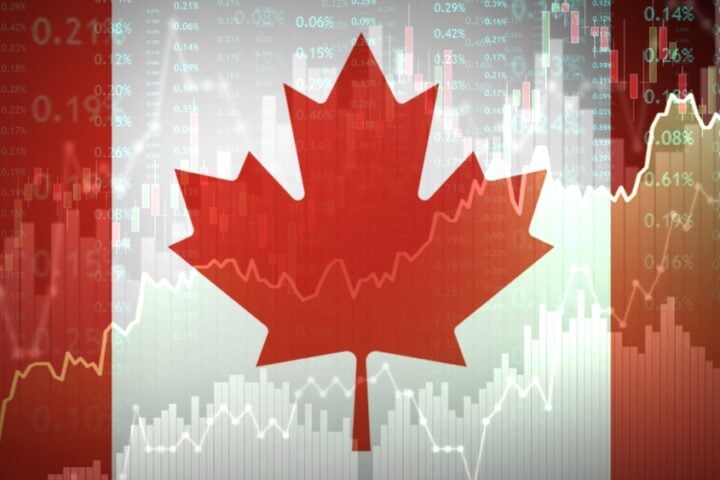The U.S. economy expanded at a robust annual rate of 3.1% in the third quarter of 2024, driven by resilient consumer spending and a surge in exports, according to an upgraded estimate released by the Commerce Department on Thursday. Despite challenges like high interest rates and persistent inflation, the economy continues to show resilience as the nation transitions to a new presidential administration.
Drivers of Growth in Q3
The latest report highlighted strong contributions from consumer spending, which accounts for roughly two-thirds of U.S. economic activity. Spending grew at a 3.7% annual rate, the fastest pace since the first quarter of 2023 and higher than the earlier estimate of 3.5%.
Exports jumped 9.6%, while business investment posted modest growth of 0.8%. Notably, investment in equipment surged 10.8%, reflecting renewed corporate spending in specific sectors. Federal government expenditures also rose sharply by 8.9%, fueled by a 13.9% increase in defense spending.
“This week’s data show the economy is set to end 2024 on a solid note,” said Oren Klachkin, an economist at Nationwide. “This is fortunate since we’ll have to contend with heightened policy uncertainty and possibly greater challenges in 2025.”
Economic Challenges Linger
While the economy appears healthy on the surface, Americans remain dissatisfied with the lingering effects of inflation, which has raised prices by 20% since early 2021. This frustration was evident in last month’s election, where voters chose Donald Trump to return to the White House, supported by Republican majorities in both chambers of Congress.
Trump will inherit an economy with a low unemployment rate of 4.2%, though slightly above the 53-year low of 3.4% recorded in April 2023. Inflation has eased significantly from its 40-year high of 9.1% in mid-2022, thanks to 11 interest rate hikes by the Federal Reserve. As of last month, inflation stood at 2.7%, still above the Fed’s 2% target.
Encouraging Inflation Trends
The report offered promising signs for inflation control. The Fed’s preferred inflation gauge, the personal consumption expenditures (PCE) index, rose at a mere 1.5% annual rate in the third quarter, down from 2.5% in the second quarter. Core PCE inflation, which excludes volatile food and energy prices, eased to 2.2% from 2.8% in the previous quarter.
These improvements contributed to the Fed’s decision to lower its benchmark interest rate for the third time this year. However, experts warn that Trump’s proposed policies, including tax cuts, tariffs, and mass deportations, could re-ignite inflationary pressures.
Solid Underlying Economic Strength
A key measure of the economy’s core strength, which excludes volatile components like exports, inventories, and government spending, grew at a 3.4% annual rate in Q3, up from 2.7% in the previous quarter. This suggests a stable foundation for growth heading into 2025.
Looking Ahead to 2025
Trump’s economic policies, which promise sweeping changes, present both opportunities and risks. His plans for tax cuts and infrastructure investment could boost growth, but his aggressive trade policies and potential deportation measures have raised concerns about inflation and labor shortages.
Economists are cautiously optimistic about the economy’s trajectory. The Commerce Department will release its initial estimate of fourth-quarter GDP on January 30, providing further insight into the state of the economy as Trump’s presidency begins.
For now, the U.S. economy remains resilient, though the path forward is uncertain.







